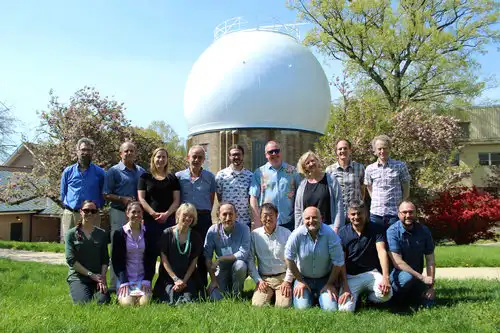
Workshop Delivers New Estimate of Global Carbon Degassing
Twenty-eight DCO members came together from 29 April – 4 May, 2018 at the Carnegie Institution for Science in Washington, DC to calculate a new
Stay up-to-date with the latest discoveries and developments in the world of diamonds, mantle geodynamics, and the deep carbon cycle. This section highlights new research, exciting findings, and scientific advancements that provide deeper insights into how carbon moves through Earth’s interior and how diamonds unlock the secrets of the planet’s mantle.

Twenty-eight DCO members came together from 29 April – 4 May, 2018 at the Carnegie Institution for Science in Washington, DC to calculate a new
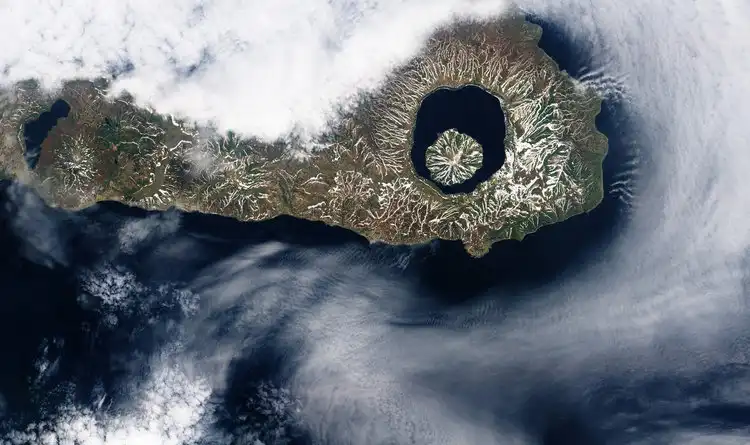
Applications were invited for a highly qualified and motivated postdoctoral research scientist with a geologic background in computational geophysical fluid dynamics, whose primary responsibility will
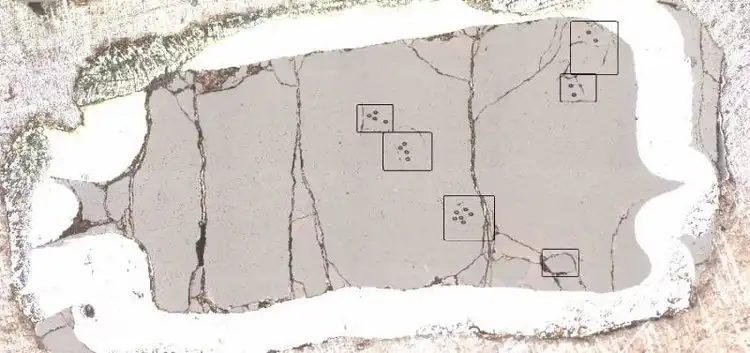
A joint study between Carnegie and the Woods Hole Oceanographic Institution has determined that the average temperature of Earth’s mantle beneath ocean basins was about
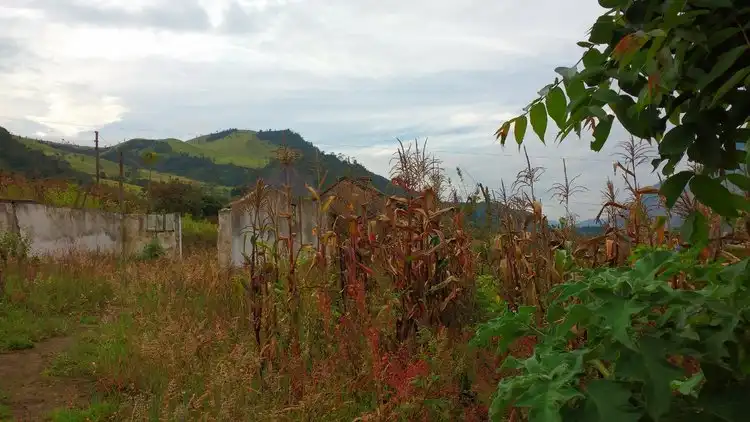
The atmosphere that allows our planet to sustain life formed from gases emitted by volcanoes early in Earth’s history. These volatile elements are constantly recycled
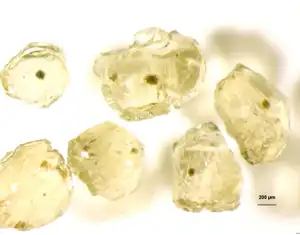
Even though carbon was one of the most abundant elements on Earth, it was actually very difficult to determine how much of it exists below
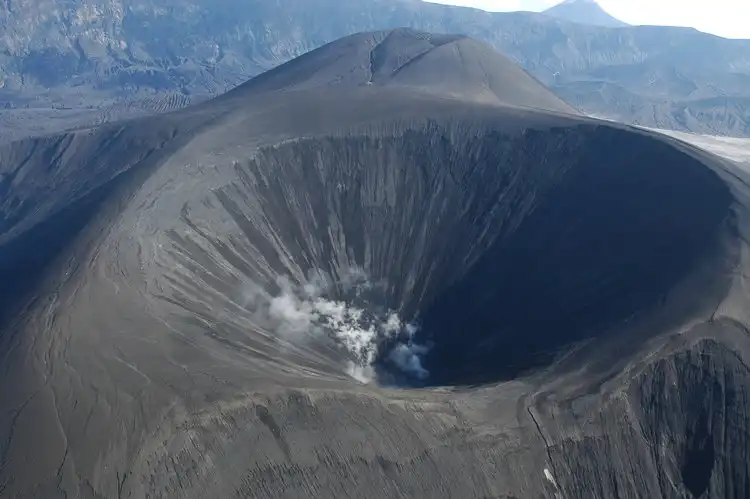
When volcanoes erupt, they spew lava, ash, and gas into the atmosphere and over the surrounding landscape. The impacts of volcanic eruptions in populated areas
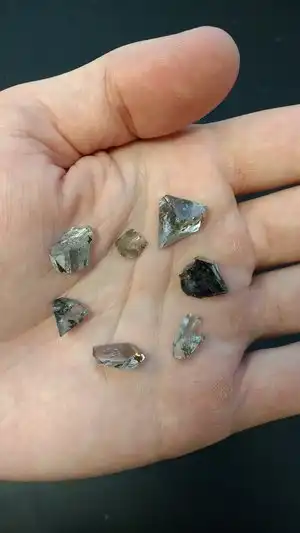
Super-deep diamonds, which form more than 380 km deep in Earth’s mantle, were invaluable tools for deep carbon scientists. Super-deep diamonds, which form more than

The 15 November 2016 edition of the journal Lithos delves into the role of natural diamonds in deep Earth research. Titled “The nature of diamonds
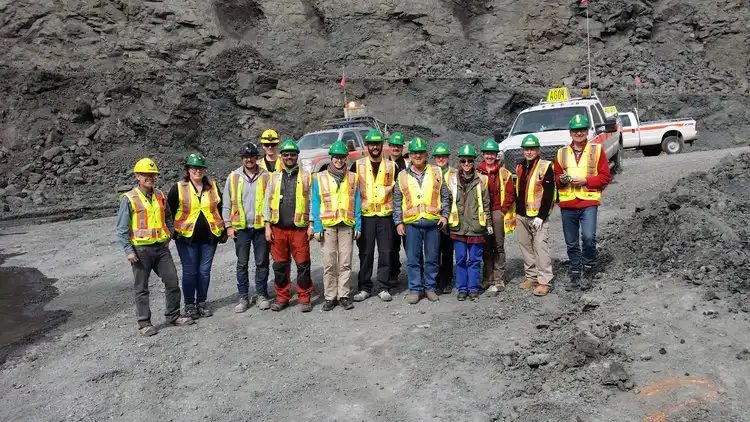
The Third International Diamond School took place at the University of Alberta, with the Deep Carbon Observatory as the main event sponsor (together with De Beers and
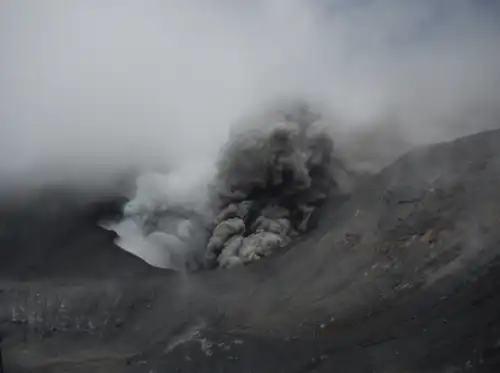
Turrialba volcano had deposited ash on the capital city of Costa Rica and its 3 million inhabitants numerous times since 2014. In a new article in the
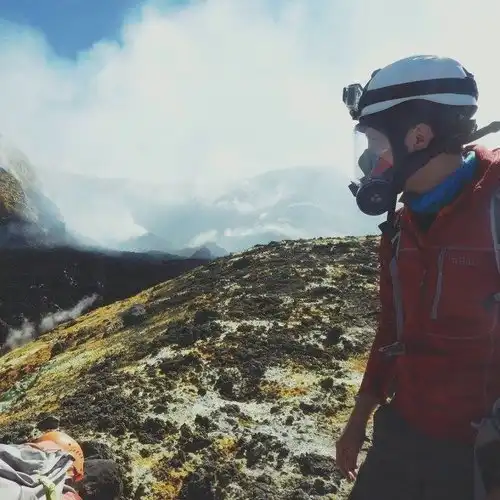
An international team of scientists was traveling to the islands of Papua New Guinea this September to study degassing from active volcanoes in remote jungles
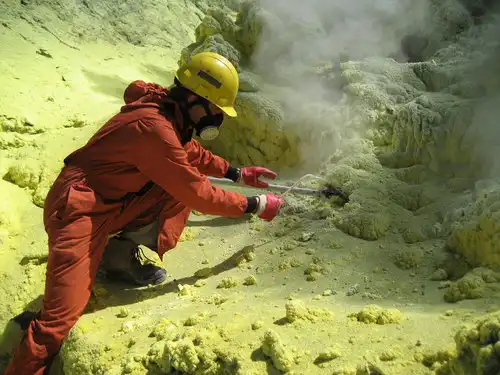
New app shows intimate ties between volcanoes and earthquakes and gives open access to 50+ years of data on quakes, eruptions, and related emissions. On


© deepcarboncycle.org, 2017.
All Rights Reserved.